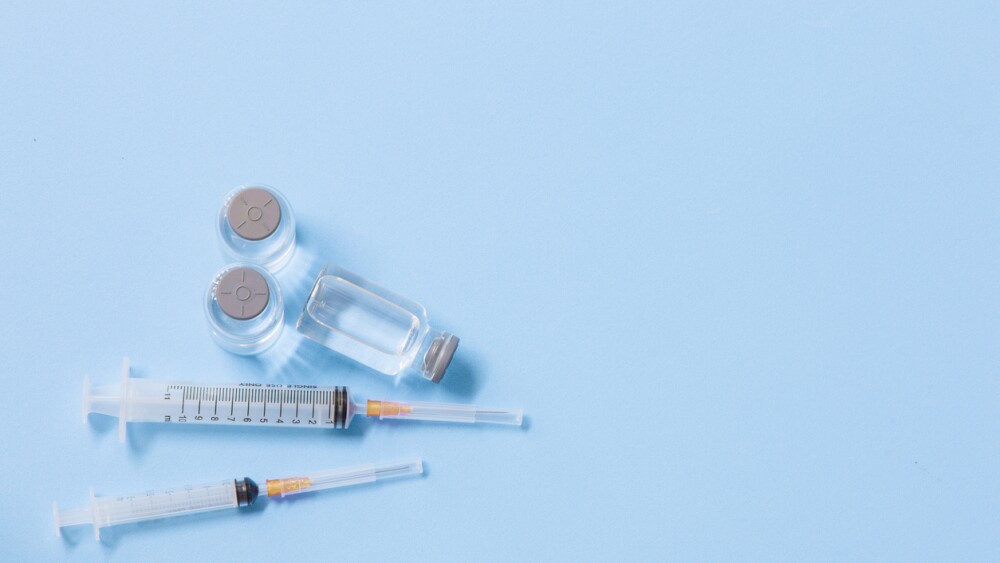Eli Lilly and Johnson & Johnson are joining fellow Big Pharma peers in upping their investment in AI, with Lilly looking to create the industry’s ‘most powerful supercomputer’ and J&J building a virtual operating room.
Eli Lilly and Johnson & Johnson have each forged partnerships with the tech giant Nvidia, with an eye toward harnessing machine learning technologies to aid in drug and device development.
Neither company disclosed the financial terms of its respective agreement with Nvidia.
Lilly, in particular, aims to create what it claims will be “the most powerful supercomputer” in pharma, according to a Tuesday news release. The company plans to use this machine to drive what it envisions will be an “AI factory” that will help run the entire lifecycle of its algorithms, from data intake to model training and refining and then to generate high-volume predictions.
This computing power, in turn, will allow Lilly to draw from “millions” of experiments to train its models, resulting in what the pharma claims will be improvements to its drug discovery efforts. The Nvidia partnership will also allow the company to accelerate the development process and shorten the time candidates spend in trials, Lilly claimed.
The Nvidia partnership marks AI’s transition from being a tool to “a scientific collaborator,” Thomas Fuchs, chief AI officer at Lilly, said in a statement. “We’re opening the door to a new kind of enterprise: one that learns, adapts and improves with every data point.”
For J&J, meanwhile, the collaboration with Nvidia will be spearheaded by its MedTech unit, rather than its pharmaceuticals business. In a news release on Tuesday, the company said it will use Nvidia’s robot development technology, called Isaac, for its MONARCH urology platform. This technology will enable what J&J calls a “virtual operating room” to help medical teams set up a robotic system before starting a surgery.
Isaac, according to its website, provides its users with simulation and robot learning frameworks, as well as a library of AI models to aid the creation of robots, robot arms, humanoids and other such physical applications of AI.
J&J also plans to leverage Isaac to create “high-fidelity digital twins” which the company says can help teams determine how a specific device or device system will function inside a patient. Isaac will also facilitate procedure planning through simulated patient anatomies.
The industry has been leaning heavily into AI, with several other pharma players in recent weeks pumping billions of dollars into the space.
Earlier this month, for instance, Bristol Myers Squibb bet $2 billion to extend its ongoing agreement with insitro, under which the companies are leveraging the biotech’s AI platform to create stem cell models of amyotrophic lateral sclerosis. A day earlier, Takeda put more than $1 billion on the line to sign a second deal with its existing partner Nabla Bio, looking to use the latter’s AI-driven design technology to create antibody therapies for multiple yet-undisclosed targets.






